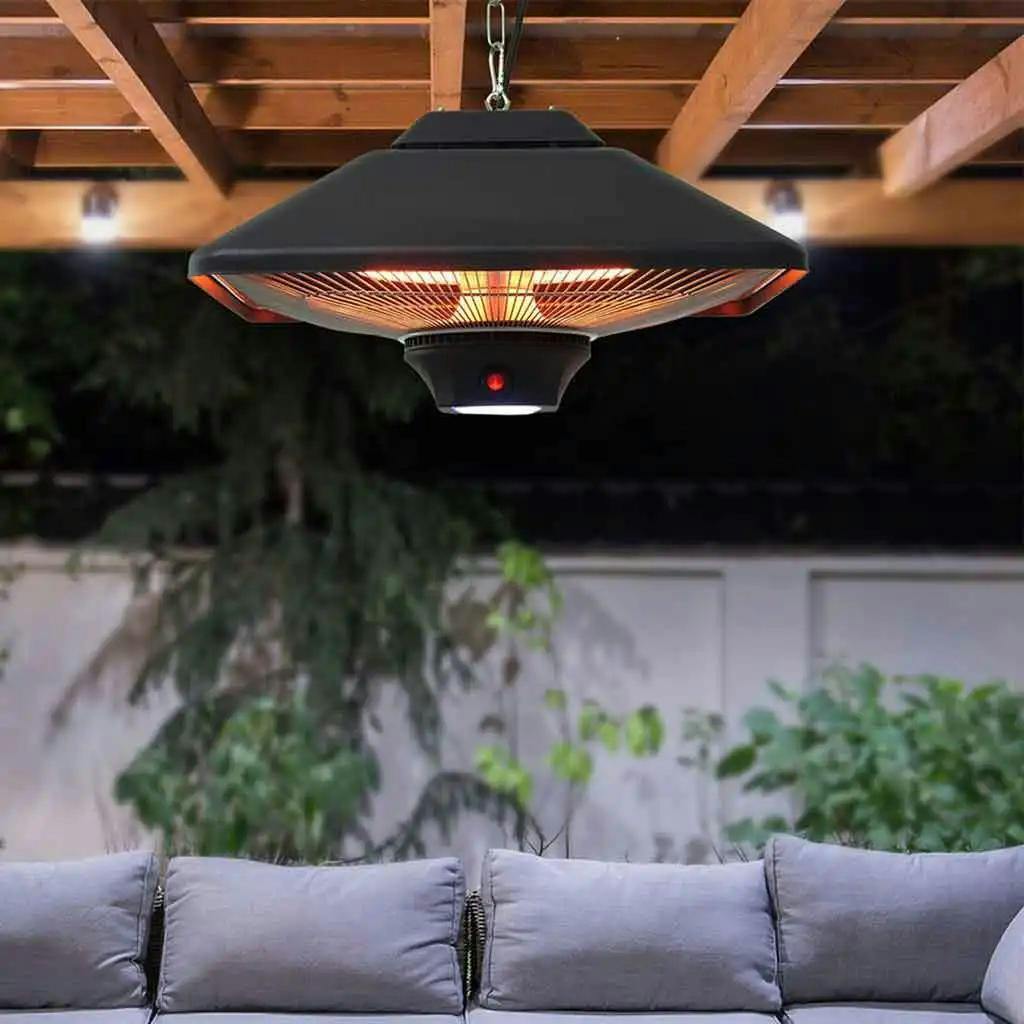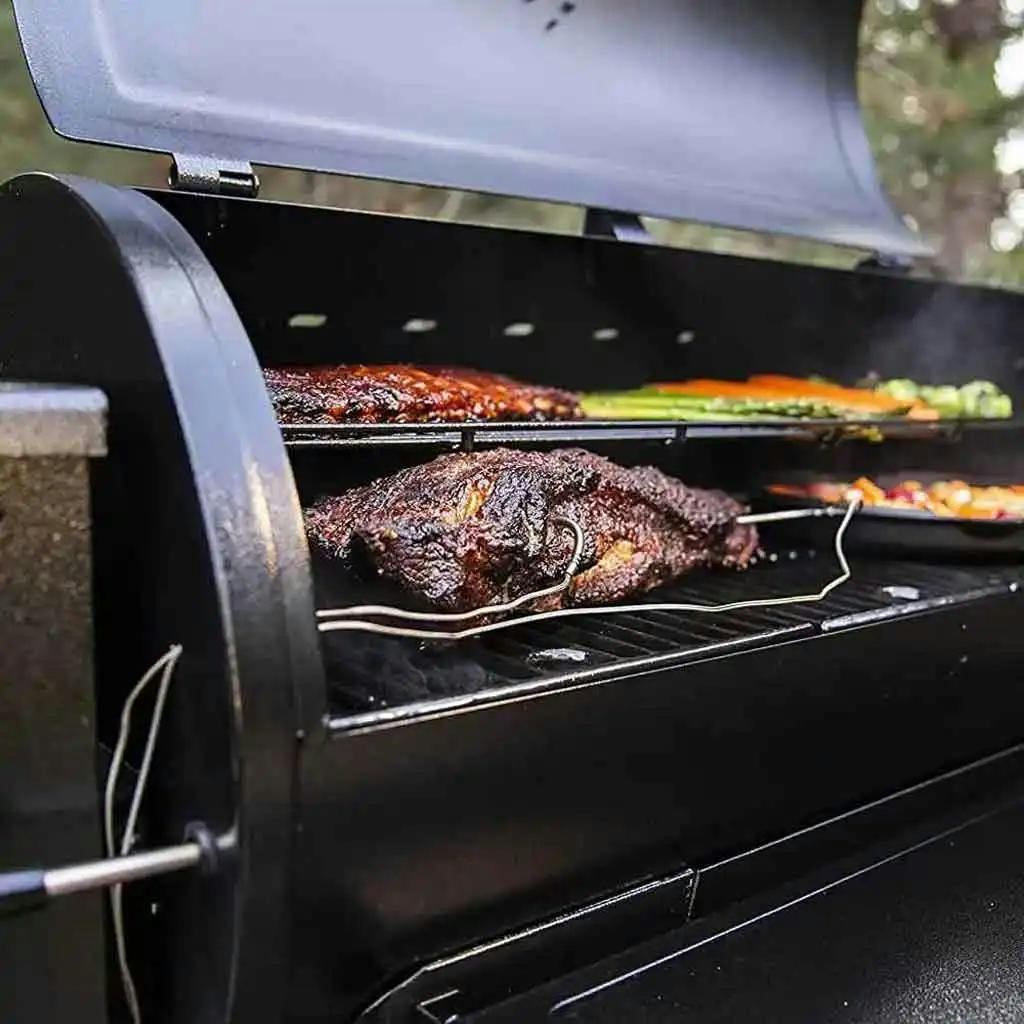Flipping ribs on the grill is an essential art in the world of barbecue, one that holds the promise of delivering that mouthwatering, perfectly grilled bite. It's a technique that balances the searing of flavors and the tenderness of meat. In this article, we delve into the crucial role of flip frequency and share expert insights to help you achieve BBQ excellence. Get ready to savor ribs that are charred to perfection, seasoned just right, and sure to leave your taste buds craving for more.
Part 1: Why Flipping Matters for Barbecue Grilling
Flipping ribs on the grill is more than just a routine action; it's a crucial step in ensuring that your ribs are cooked evenly and bursting with flavor. Here's why flipping matters:
Even Cooking: Flipping allows both sides of the ribs to have equal exposure to the grill's heat source. This helps prevent uneven cooking, ensuring that every inch of your ribs is tender and juicy.
Flavor Development: Flipping isn't just about preventing burning; it's also about creating that delightful crust and smoky flavor. Each time you flip, you're adding layers of delicious char and caramelization that make grilled ribs irresistible.
Common Misconceptions: One common misconception is that ribs should only be flipped once. In reality, flipping them multiple times can yield excellent results, especially when using indirect heat. Another myth is that frequent flipping dries out the meat. In fact, flipping every 5-10 minutes can help lock in juices and enhance the overall taste.
Part 2: How Choosing the Right Rib Cuts Affect Flip Frequency
When it comes to grilling ribs, the choice of rib cut plays a significant role in determining flip frequency and overall cooking technique. Let's explore the differences between baby back, St. Louis, and spare ribs, and how these cuts affect flip frequency:
1. Baby Back Ribs: These ribs come from the upper part of the pig's ribcage and are known for their tenderness and leaner meat. Due to their size and composition, baby back ribs benefit from more frequent flipping, about every 5-10 minutes. This helps distribute heat evenly across their smaller surface area, ensuring they cook consistently.
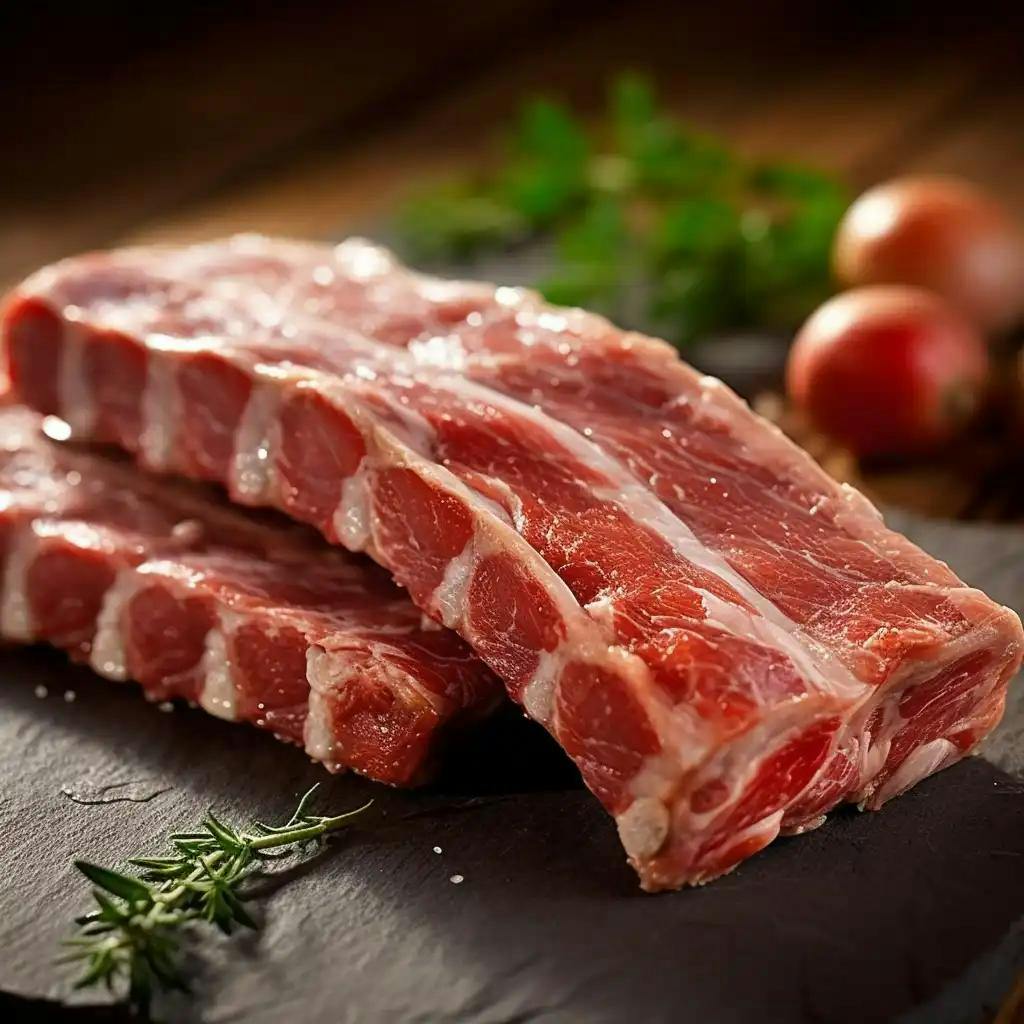
2. St. Louis Ribs: St. Louis ribs are meatier and have a bit more fat content than baby back ribs. Their larger size allows for slightly less frequent flipping, around every 15-20 minutes. This lets them develop a beautiful crust without over-flipping.
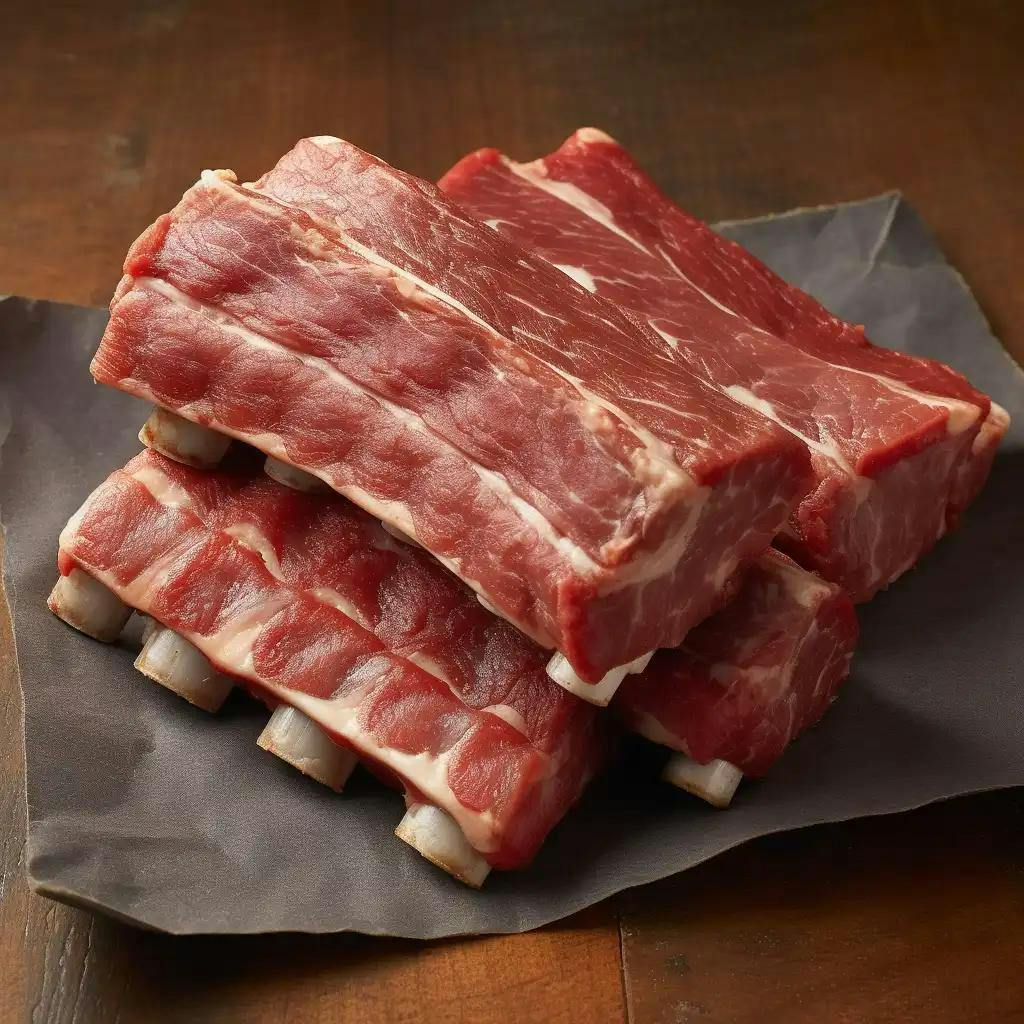
3. Spare Ribs: Spare ribs are the meatiest but also have more fat. They can be cooked using the same flip frequency as St. Louis ribs. However, some grillers prefer to flip them every 10-15 minutes to manage the rendering fat effectively.
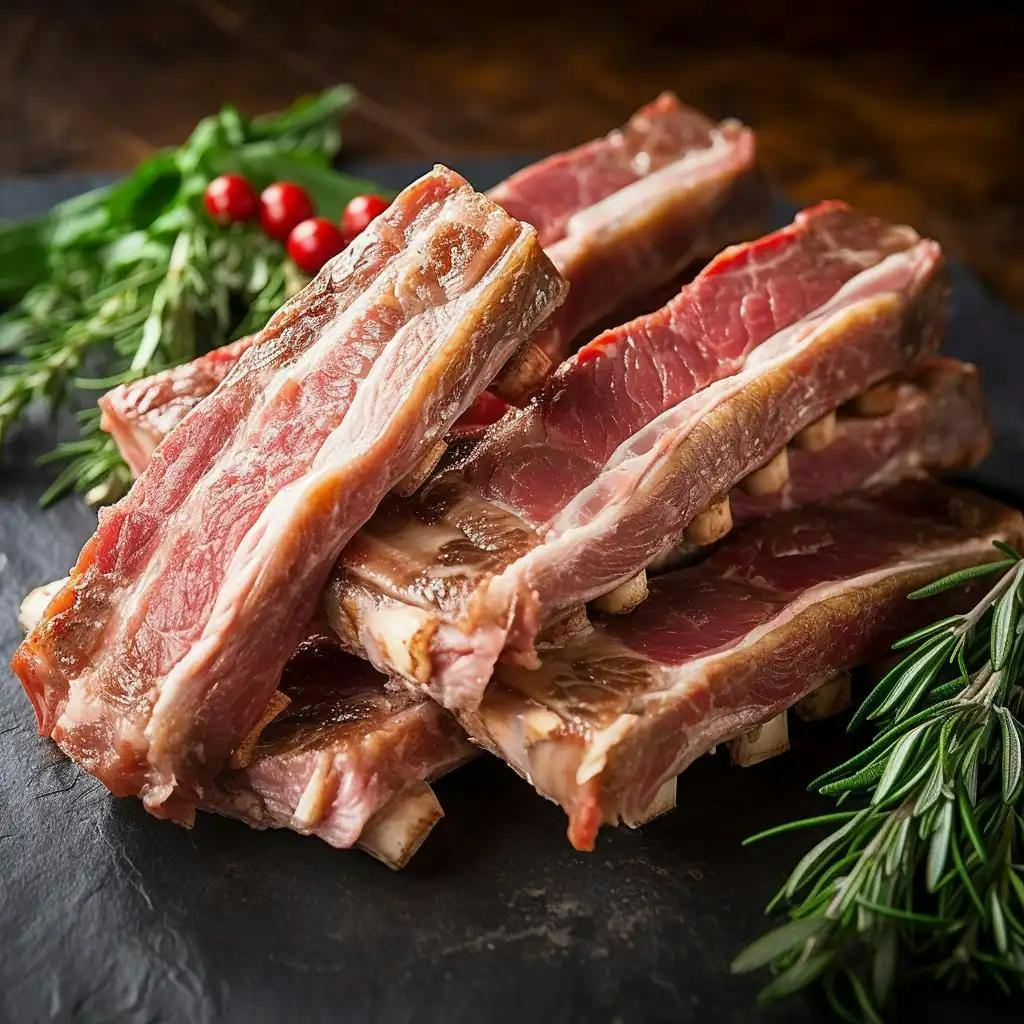
Part 3: The Flipping Frequency Guide for Grilling Ribs
Just learn more from the flipping frequency guide and these expert tips will help you achieve that perfect sear and smoky flavor in your grilled ribs, regardless of the cut or type of grill you're using.
| Rib Cut | Grill Type | Flip Frequency | Tips for Searing and Flavor |
|---|---|---|---|
| Baby Back | Gas/Propane | Every 5-7 minutes | - Maintain a medium-high heat for a quick sear. - Use a smoke box or foil pouch for wood chips to enhance smoky flavor. |
| Baby Back | Charcoal | Every 5-7 minutes | - Arrange charcoal for indirect heat to prevent burning. - Add soaked wood chips directly to coals for smoky goodness. |
| St. Louis | Gas/Propane | Every 10-15 minutes | - Start with medium heat and adjust as needed for searing. - Keep a spray bottle of water handy to manage flare-ups. |
| St. Louis | Charcoal | Every 10-15 minutes | - Set up a two-zone fire for indirect cooking. - Use hardwood charcoal for enhanced smoke flavor. |
| Spare | Gas/Propane | Every 10-15 minutes | - Begin with medium-low heat to manage fat rendering. - Apply marinades or sauces for a sweet and smoky glaze. |
| Spare | Charcoal | Every 10-15 minutes | - Create a consistent heat zone with the charcoal. - Add wood chunks for sustained smokiness. |
General Tips for Searing and Flavor Enhancement:
- Maintain a clean grill grate to prevent sticking and ensure beautiful grill marks.
- Use tongs to handle ribs; avoid piercing with forks, as this can release precious juices.
- Apply sauces or marinades during the last 15-30 minutes of grilling to avoid burning.
- Invest in a reliable meat thermometer to monitor doneness without excessive flipping.
- Experiment with different wood chips or chunks for unique smoke flavors.
- Don't forget to let the ribs rest for 10-15 minutes before slicing and serving, allowing juices to redistribute for maximum flavor and tenderness.
Part 4: Expert Grilling Techniques for Flipping Rib BBQ Perfection
For those aspiring to reach the pinnacle of barbecue excellence, here are some advanced grilling techniques to elevate your rib game:
1. 2-Zone Grilling: Master the art of creating two heat zones on your grill—a direct heat zone for searing and an indirect heat zone for slow cooking. This technique allows you to sear ribs to perfection and then finish them with gentle, indirect heat for that melt-in-your-mouth tenderness.
2. The Minion Method: If you're using charcoal, consider the Minion Method. Arrange unlit charcoal around a small amount of lit charcoal. This ensures a slow, consistent burn for hours, perfect for low and slow rib cooking.
3. Reverse Searing: Begin by slow-cooking your ribs at a low temperature (around 225°F) until they reach the desired internal temperature. Then, finish them with a quick sear over high heat. This method results in a tender interior and a flavorful crust.
4. Smoke Baths: Elevate your smoke game by experimenting with smoke baths. Place a heatproof container filled with aromatic ingredients (herbs, spices, citrus) directly on the coals or burners. The smoke produced will infuse unique flavors into your ribs.
5. Pellet Tubes and Boxes: Enhance smokiness by using pellet tubes or boxes. These accessories generate consistent smoke throughout the grilling process, allowing you to control the intensity of the smoke flavor.
6. Temperature Control Devices: Invest in temperature control devices, like pit controllers, to maintain a precise cooking temperature. This hands-off approach ensures your ribs are consistently cooked to perfection.
Part 5: Common Mistakes to Avoid When Flipping Ribs on A Grill
While flipping ribs on the grill is essential for even cooking and flavor development, it's equally important to avoid common mistakes that can affect the outcome of your barbecue masterpiece:
1. Flipping Too Often: One of the most frequent mistakes is flipping ribs too frequently. Excessive flipping can lead to temperature fluctuations and hinder the development of a beautiful crust. Instead, follow the recommended flip frequency based on the rib cut and grill type.
2. Flipping Too Late: Waiting too long to flip can result in uneven cooking and potentially burnt spots. Be attentive to your grill and flip according to the suggested guidelines for your specific ribs.
3. Neglecting Indirect Heat: Not utilizing indirect heat can be a pitfall. If you're only grilling directly over flames, you risk overcooking or burning the ribs. Create two heat zones to balance searing and slow cooking.
4. Ignoring Temperature Control:
Solutions to Flip-Related Issues:
Stick to Flip Guidelines: Follow the flip frequency recommendations provided earlier in the article based on your rib cut and grill type.
Use Two-Zone Grilling: Create both direct and indirect heat zones to manage searing and slow cooking.
Invest in a Thermometer: A meat thermometer is your best friend for precise temperature control. Use it to determine when your ribs are perfectly cooked.
Practice Patience: Grilling ribs is an art that requires patience. Resist the urge to flip too often or too late; your patience will be rewarded with exceptional flavor and tenderness.
Conclusion
Grilling ribs to perfection involves understanding the significance of flip frequency. Grilling ribs is an enjoyable culinary adventure. Armed with knowledge about the right flip frequency, you can confidently fire up your grill and create mouthwatering, perfectly grilled ribs. Remember, it's not just about the destination; it's about savoring every step of the journey.
FAQs
Is there a specific flip frequency for achieving the perfect smoky flavor?
While flip frequency is crucial for even cooking, achieving the perfect smoky flavor also depends on using wood chips, chunks, or a smoke box. These can enhance smokiness regardless of flip frequency.
What's the recommended internal temperature for ribs regardless of flip frequency?
The recommended internal temperature for ribs is around 190-203°F (88-95°C) for fall-off-the-bone tenderness, regardless of how often you flip them.
Can I experiment with flip frequency to suit my personal taste?
Absolutely! Experimenting with flip frequency is part of the grilling journey. You can adjust it to achieve the exact texture and sear you prefer.
About Grace Rodriguez
Grace Rodriguez is your passionate grill aficionado and the lively host of the Fox Heights Bar and Grill Podcast. With a zest for culinary adventures and a gift for making everyone feel like a friend, Grace brings a warm and welcoming vibe to the world of grilling. From sharing her top-notch tips for crafting the perfect burger to creating an atmosphere of camaraderie around the grill, Grace's genuine charm and relatable style make her podcast a must-listen for both seasoned grill masters and newcomers alike.
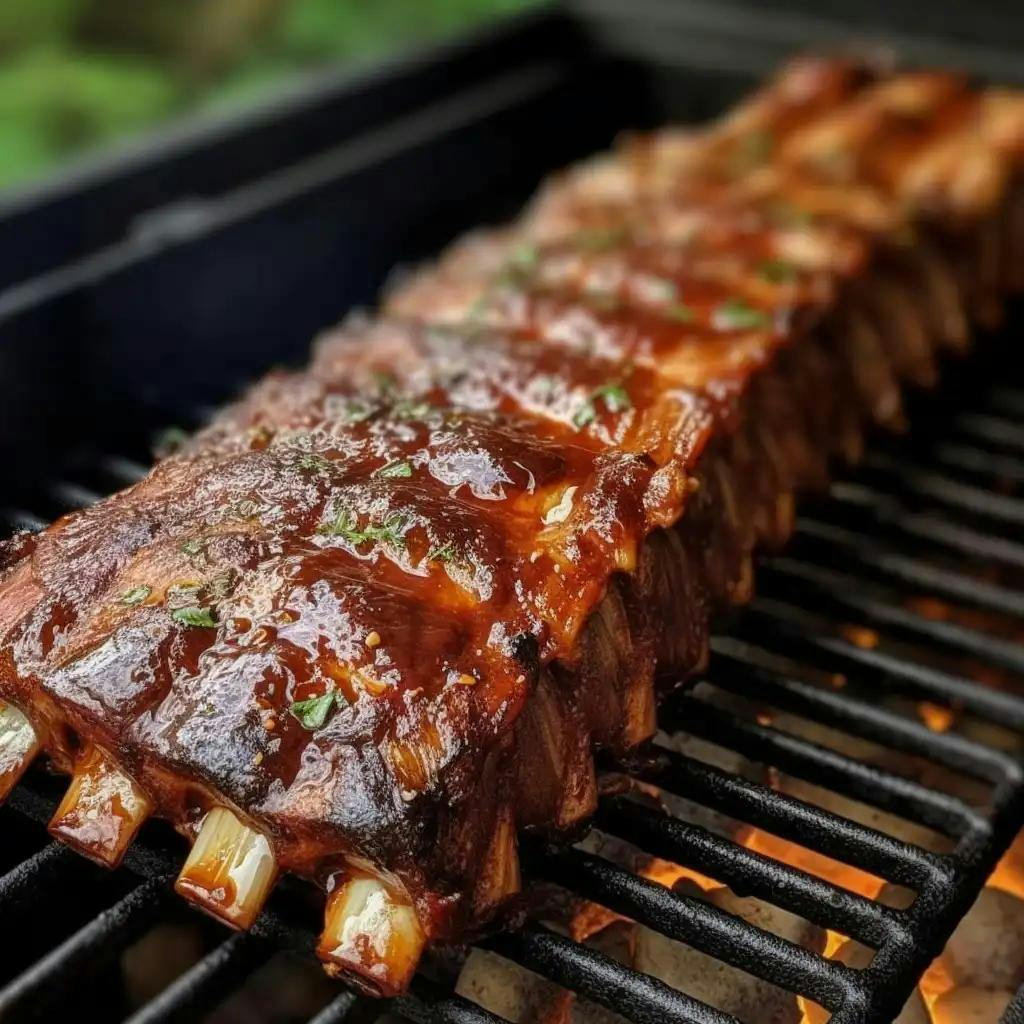

![Master the Art of Lighting Patio Heaters Manually [2023 Guide]](/_next/image?url=https%3A%2F%2Fcdn.sanity.io%2Fimages%2F8ngmz6db%2Fproduction%2F74752d01c9dddeee7530856cb05237f6169be0c9-1024x1024.webp%3Fw%3D1024%26auto%3Dformat&w=3840&q=75)
